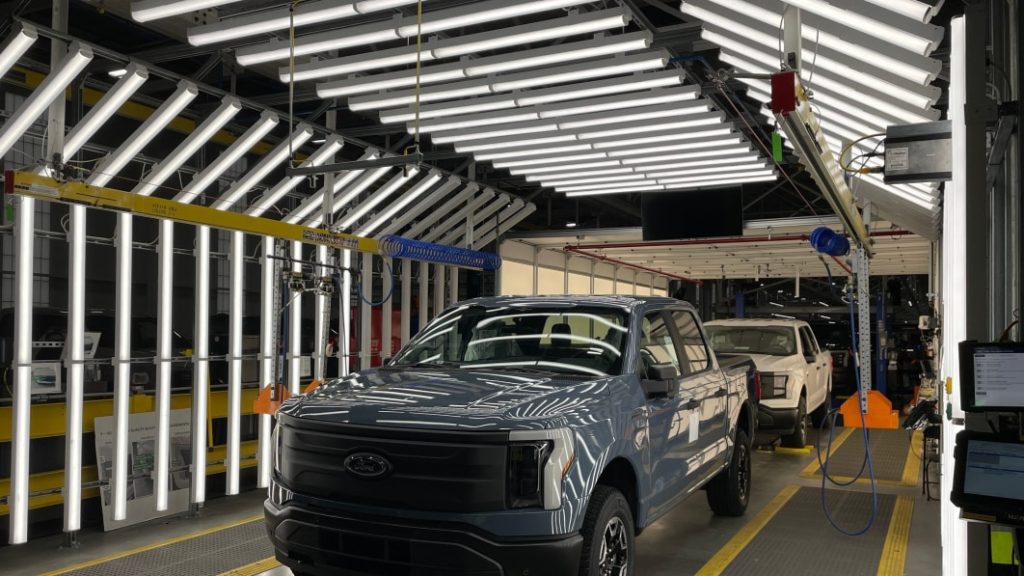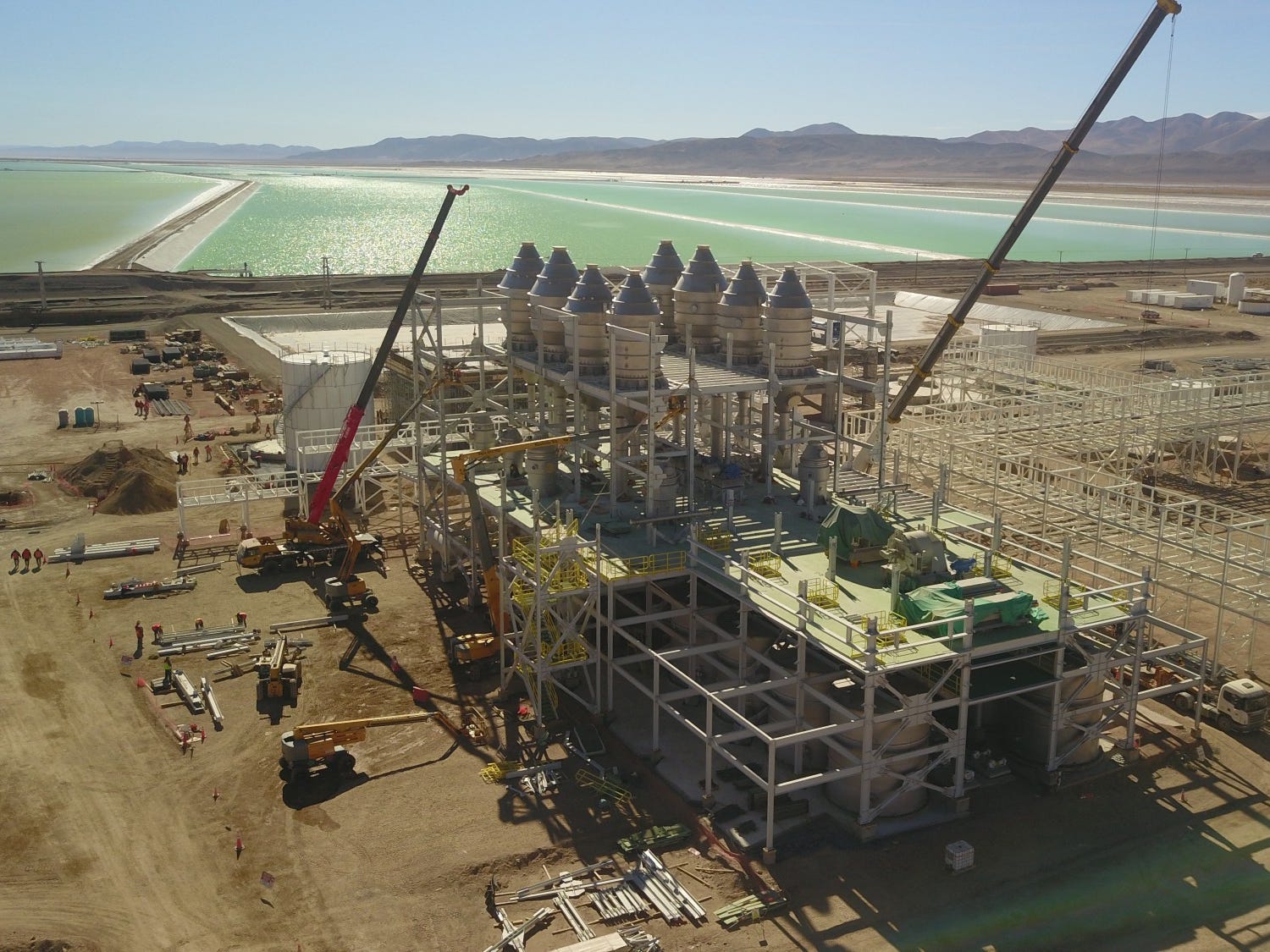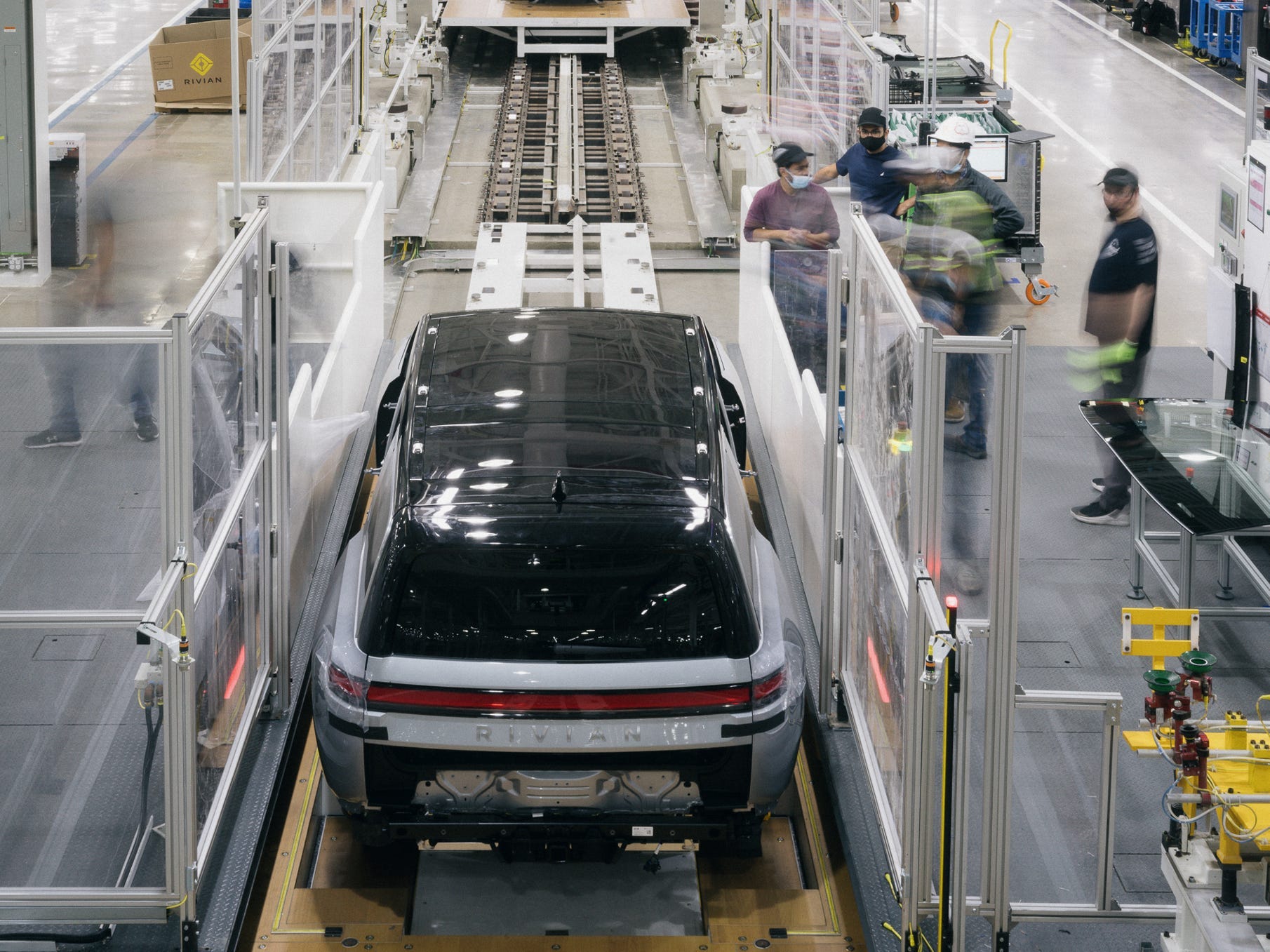2022 was the year automakers figured out how to make electric cars really work

Even with negative undertones, this year was pivotal for the auto industry’s $515 billion push to leave the internal-combustion engine behind.
Nora Naughton
2022 was a pivotal year for the auto industry’s $500 billion transition to electric vehicles.
Despite auto execs losing faith in electrification, they learned a lot about how to make EVs work.
Here’s how the auto business figured out this year what it needed to make EVs successful.
As 2022 comes to a close, the auto industry is staring down macroeconomic challenges, unprecedented supply constraints, and a talent crisis — and its leaders are starting to lose faith in the electric-vehicle transition.
But even with negative undertones, this year was pivotal for the industry’s $515 billion push to leave the internal-combustion engine behind.
It was the year the industry (and other stakeholders) figured out how to make electric cars actually work.
“There were some slowdowns in the industry — certainly not with regards to EV sales but a lot of waiting for vehicle delivery, supply-chain issues, EV charging stations,” Stacy Noblet, the vice president of transportation electrification at the advisory firm ICF, said. “A lot of people in the industry were taking a step back and using what might have been a lull in the action to really assess what kinks need to be worked out for the longer-term success.”
Here’s a look at what made 2022 so important for the EV space — and why 2023 and beyond will likely be even more significant.
Momentum this year showed the EV space just what it needed in terms of charging.
Robert Knopes/UCG/Universal Images Group via Getty Images
Plugging in
As auto companies promised more out of their EV businesses this year, the problems around charging all these plug-in cars continued to come to light.
Before this year, EV adoption hadn’t been widespread enough to largely expose the influence of subpar charging infrastructure. Plus, a majority of existing EV drivers own Teslas, which maintains its proprietary nationwide Supercharger network.
But in 2022, EVs accounted for 5% of US new-car sales — what some called a tipping point. That brought a renewed need for charging, and fast.
That led to industry collaborations and mergers and acquisitions in charging this year. Automakers started to take the matter into their own hands. And fortunately, the industry got a massive boost from the $1.2 trillion Bipartisan Infrastructure Law, including $7.5 billion for EV-charging build-out.
For the most part, the business has yet to see those dollars spent in a meaningful way — so charging will continue to be a hurdle for widespread EV adoption.
But momentum this year showed the space just what it needed in terms of charging to make this all happen.

This year, automakers like Rivian,
GM, and Ford started addressing the lithium shortage.
Lithium Americas
The industry saw this year start and end with the battery-supply crisis, which isn’t going away anytime soon.
Early in the year, auto executives said their lives were dominated by concerns over skyrocketing nickel prices. That quickly shifted into discussions about the industry’s short supply of lithium.
“Having sufficient supply is critical,” Andreas Breiter, a partner at the consultancy McKinsey, said.
After all, battery supply-and-demand issues directly translate to higher-cost EVs. So automakers like Rivian, General Motors, and Ford started addressing the lithium shortage.
As a result, they’ve been racing to secure their own supply — taking a page out of Tesla’s playbook and “vertically integrating,” or cutting deals directly with mining companies and other key stakeholders they normally wouldn’t work with so closely. They’ve also started exploring different types of batteries in hopes of diversifying their plans and reducing bottlenecks in the future.
New climate rules in the Inflation Reduction Act took those feelings of urgency a step further. The stipulations are yet to be finalized but will likely include domestic-sourcing requirements for car companies hoping to snatch up crucial tax credits.
All this battery talk made the industry realize just how critical the battery space would be for a successful EV transition — and how a functioning, newly thought-out supply chain was the way to make EVs work. The question remains whether the industry will be able to tackle the issues in time.

Startups struggled with getting the manufacturing for their flagship vehicles up and running.
Rivian
Production
For all automakers, the battles that accompany all-new EV production came to light in 2022 as the industry pushed to ramp up its EV output.
Startups, especially, struggled with getting the manufacturing for their flagship vehicles up and running. Between industrywide supply-chain constraints, logistics hurdles, and the expense necessary to run massive factories to churn out EVs for the very first time, startups were hit hard.
But the legacy auto companies weren’t exempt from some of these challenges, and some of those problems trickled down to customers.
As a result, the business got a taste of the importance of getting production going if it wanted to accelerate EV adoption — though many think the industry has already invested too much to turn back.
“Governments are investing heavy money and tax subsidies in this space,” Christian Magoon, the CEO of the investment firm Amplify ETFs, said. “Corporations are embracing the model rollout and the new features and benefits that continue to happen on the EV side. And the companies that are mining and processing metals have more work than they know what to do with.
“We are going to electrification.”



